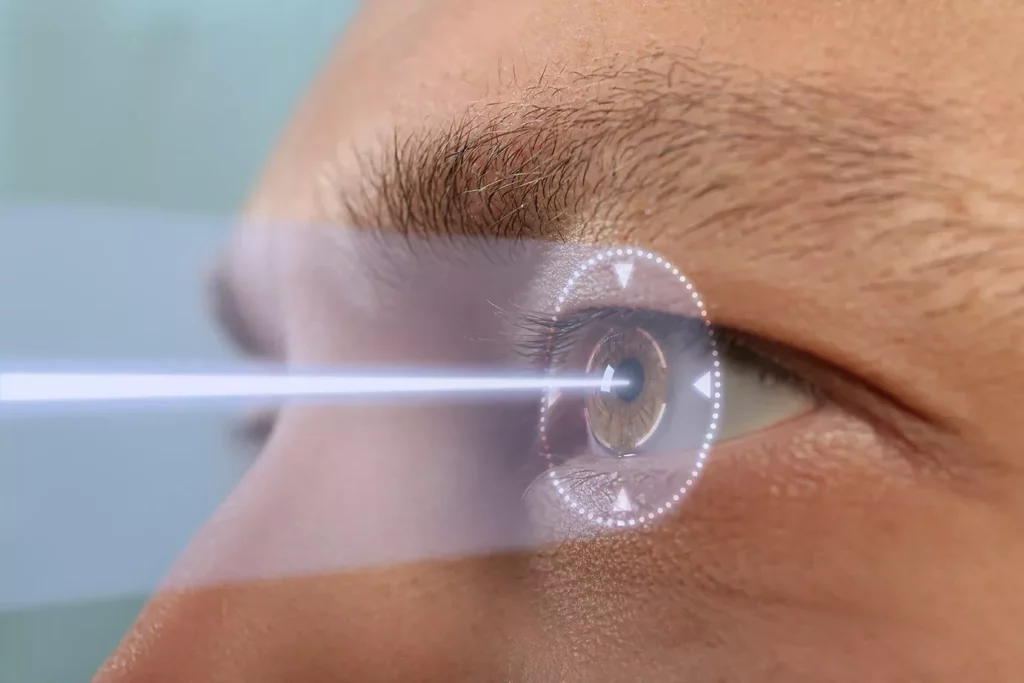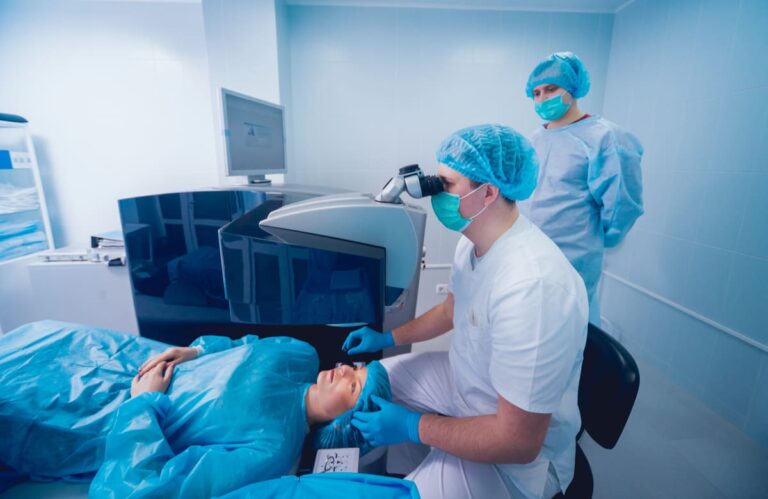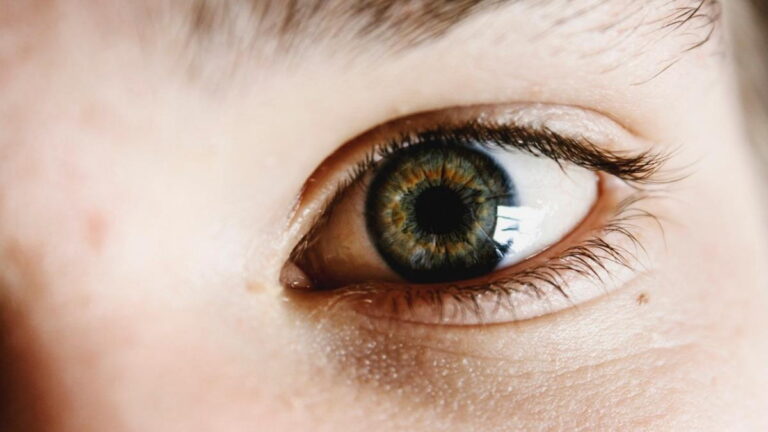LASIK Eye Surgery is a revolutionary procedure that has transformed the lives of millions of people worldwide. If you are considering LASIK, it is important to understand the ins and outs of the procedure, its benefits, and what to expect during and after the surgery. In this article, we will delve into the world of LASIK, exploring the science behind it, the ideal candidates, pre-surgical preparations, the procedure itself, potential risks and complications, and life after LASIK.
Understanding LASIK Eye Surgery
Furthermore, LASIK eye surgery has a high success rate, with the majority of patients achieving 20/20 vision or better post-surgery. Imagine the joy of seeing the world with perfect clarity, no longer relying on corrective lenses to navigate your day-to-day activities. LASIK can truly be life-changing.
The Science Behind LASIK
LASIK, which stands for Laser-Assisted in Situ Keratomileusis, is a refractive surgery that corrects common vision problems such as nearsightedness (myopia), farsightedness (hyperopia), and astigmatism. This procedure reshapes the cornea, the clear front surface of the eye, using a laser to improve how the eye focuses light onto the retina.
Benefits of LASIK Eye Surgery
LASIK offers numerous benefits for individuals looking to improve their vision. Firstly, it can provide a drastic reduction or elimination of dependence on prescription eyeglasses or contact lenses. This newfound visual freedom allows individuals to engage in various activities without the inconvenience of glasses or contacts.
Imagine waking up in the morning and being able to see clearly without reaching for your glasses or fumbling for your contact lenses. LASIK can make this a reality, giving you the freedom to enjoy life without the constant worry of visual aids. Whether it’s playing sports, swimming, or simply enjoying a rainy day without the hassle of fogged-up glasses, LASIK can enhance your lifestyle.
Additionally, LASIK provides quick results, with most patients experiencing significant vision improvement within a day or two after surgery. This means that you can go from blurry vision to clear sight in just a matter of hours. It’s like stepping into a whole new world, where every detail is crisp and vibrant.
Moreover, LASIK is a safe and reliable procedure, thanks to advanced technology and the expertise of trained eye surgeons. The laser used in LASIK surgery is precise and controlled, ensuring accurate and predictable outcomes. The procedure itself is performed under local anesthesia, minimizing any discomfort during the surgery.
Lastly, LASIK is a relatively painless procedure with minimal downtime, allowing individuals to resume their normal activities soon after surgery. Unlike traditional surgeries that require lengthy recovery periods, LASIK allows you to get back to your routine quickly. Within a few days, you can be back at work, enjoying your hobbies, and experiencing the world with a newfound visual acuity.

Who is an Ideal Candidate for LASIK?
While LASIK offers significant benefits, it might not be suitable for everyone. Ideal candidates for LASIK are typically individuals over the age of 18 who have stable vision and good overall eye health. It is important to consult with an experienced eye surgeon who can evaluate your specific circumstances and determine your candidacy for LASIK.
Factors such as corneal thickness, refractive errors, and any existing eye conditions need to be taken into consideration. Your eye surgeon will conduct a thorough evaluation to ensure that LASIK is the right choice for you. They will discuss the potential risks and benefits, answer any questions you may have, and guide you through the entire process. Read more about refractive errors on https://www.hopkinsmedicine.org/health/conditions-and-diseases/refractive-errors
Preparing for LASIK Eye Surgery
Initial Consultation and Eye Examination
Before undergoing LASIK, you will need to schedule an initial consultation with an eye surgeon. This consultation is a crucial step in the LASIK process as it allows the surgeon to evaluate your eye health and determine if you are a suitable candidate for the procedure. The comprehensive eye examination conducted during this consultation will involve various tests and measurements to assess factors such as corneal thickness, refractive errors, and pupil size. These measurements are essential in customizing the LASIK procedure to meet your individual needs and goals, ensuring the best possible outcome.
What to Expect Before the Procedure
Prior to LASIK surgery, your eye surgeon will provide you with detailed instructions to help you prepare for the procedure. These instructions may include guidelines on activities to avoid before surgery, such as refraining from wearing contact lenses for a specific period leading up to the surgery date. Additionally, you may be advised to arrange transportation to and from the surgical facility on the day of the procedure, as your vision may be temporarily affected post-surgery. It is also important to follow any medication regimen adjustments recommended by your surgeon to optimize the surgical outcomes and promote a smooth recovery process.
The LASIK Eye Surgery Procedure
Step-by-Step Guide to LASIK Surgery
The LASIK procedure itself is relatively quick and painless. The surgeon will begin by administering numbing eye drops to ensure your comfort throughout the surgery. A thin flap will then be created on the cornea using a microkeratome or femtosecond laser. The surgeon will gently lift the flap and use an excimer laser to reshape the underlying corneal tissue. The corneal flap is then repositioned, acting as a natural bandage.
The entire procedure typically takes less than 15 minutes per eye, and you will be able to go home shortly after. It is common to experience some mild itching, burning, or watering of the eyes immediately after surgery, but these symptoms usually subside within a few hours.
It’s important to note that LASIK surgery is a highly precise procedure that has been refined over several decades. The excimer laser used in the surgery is programmed with your specific eye measurements to ensure accurate and customized treatment. This level of customization helps to correct refractive errors such as nearsightedness, farsightedness, and astigmatism with remarkable precision, leading to excellent visual outcomes for many patients.
Post-Procedure Care and Recovery
After LASIK, it is essential to follow the post-operative instructions provided by your eye surgeon. You may be prescribed medicated eye drops to promote healing and prevent infection. It is important to attend all scheduled follow-up appointments to monitor your progress and ensure a smooth recovery. Most patients experience significant visual improvement within the first few days after surgery, although it may take a few weeks for your vision to stabilize completely.
In addition to using prescribed eye drops, your eye surgeon may recommend wearing protective eyewear, especially at night, to prevent accidental rubbing of the eyes during sleep. It’s crucial to avoid strenuous activities, swimming, and exposure to irritants like dust or smoke during the initial phase of recovery to minimize the risk of complications. By following these guidelines diligently, you can support the healing process and optimize the long-term results of your LASIK surgery. Click here to learn more about dust.
Potential Risks and Complications of LASIK
Common Side Effects
While LASIK is generally safe, it is important to be aware of potential side effects and complications. Common side effects include dry eyes, glare, halos, and temporary fluctuations in vision. These side effects are usually temporary and resolve within a few weeks to months after surgery. Your eye surgeon will discuss these potential side effects with you during the initial consultation.
It is essential to note that each individual may experience these side effects differently, and the severity can vary. For example, while some patients may only experience mild dry eyes that can be managed with lubricating eye drops, others may face more persistent symptoms that require additional treatment or follow-up appointments with their eye care provider.

Serious Complications and How to Avoid Them
Although serious complications are rare, they can occur. Infection, corneal scarring, and corneal flap complications are some of the more severe complications associated with LASIK. To minimize the risk of these complications, it is crucial to choose an experienced and reputable eye surgeon, follow pre- and post-operative instructions diligently, and report any unusual symptoms or concerns to your surgeon immediately.
While the likelihood of experiencing these serious complications is low, understanding the potential risks involved in LASIK surgery is paramount. By ensuring that you are well-informed about both the common side effects and the rare but serious complications, you can approach the procedure with a realistic expectation and a proactive mindset towards your eye health.
Life After LASIK Eye Surgery
Long-Term Results and Expectations
For most patients, LASIK results in long-term vision correction and improved quality of life. It is important to note that while LASIK can significantly reduce or eliminate the need for glasses or contacts, it may not guarantee perfect vision. Some individuals may still require reading glasses or experience minor visual changes as they age. Your eye surgeon will provide realistic expectations based on your individual circumstances.
Furthermore, it’s essential to understand that the success of LASIK surgery can be influenced by various factors such as the initial prescription, corneal thickness, and overall eye health. Patients with higher prescriptions or certain eye conditions may have different outcomes compared to those with milder prescriptions. Your eye surgeon will conduct a thorough evaluation to determine your candidacy for LASIK and discuss any potential risks or limitations.
Maintaining Your Vision Post-LASIK
To maintain optimal visual outcomes after LASIK, it is crucial to protect your eyes from injury and practice good eye hygiene. This includes wearing protective eyewear during sports or activities that may impact the eyes, avoiding rubbing or touching the eyes excessively, and attending regular eye exams to monitor your eye health and address any potential issues promptly.
In addition to these precautions, maintaining a healthy lifestyle can also contribute to the long-term success of your LASIK surgery. Eating a balanced diet rich in vitamins and minerals that promote eye health, staying hydrated, and getting regular exercise can all play a role in supporting your vision post-LASIK. By taking care of your overall well-being, you can enhance the benefits of LASIK and enjoy clear vision for years to come.
Other resources: What to Expect from Surgery LASIK A Patient’s Guide



